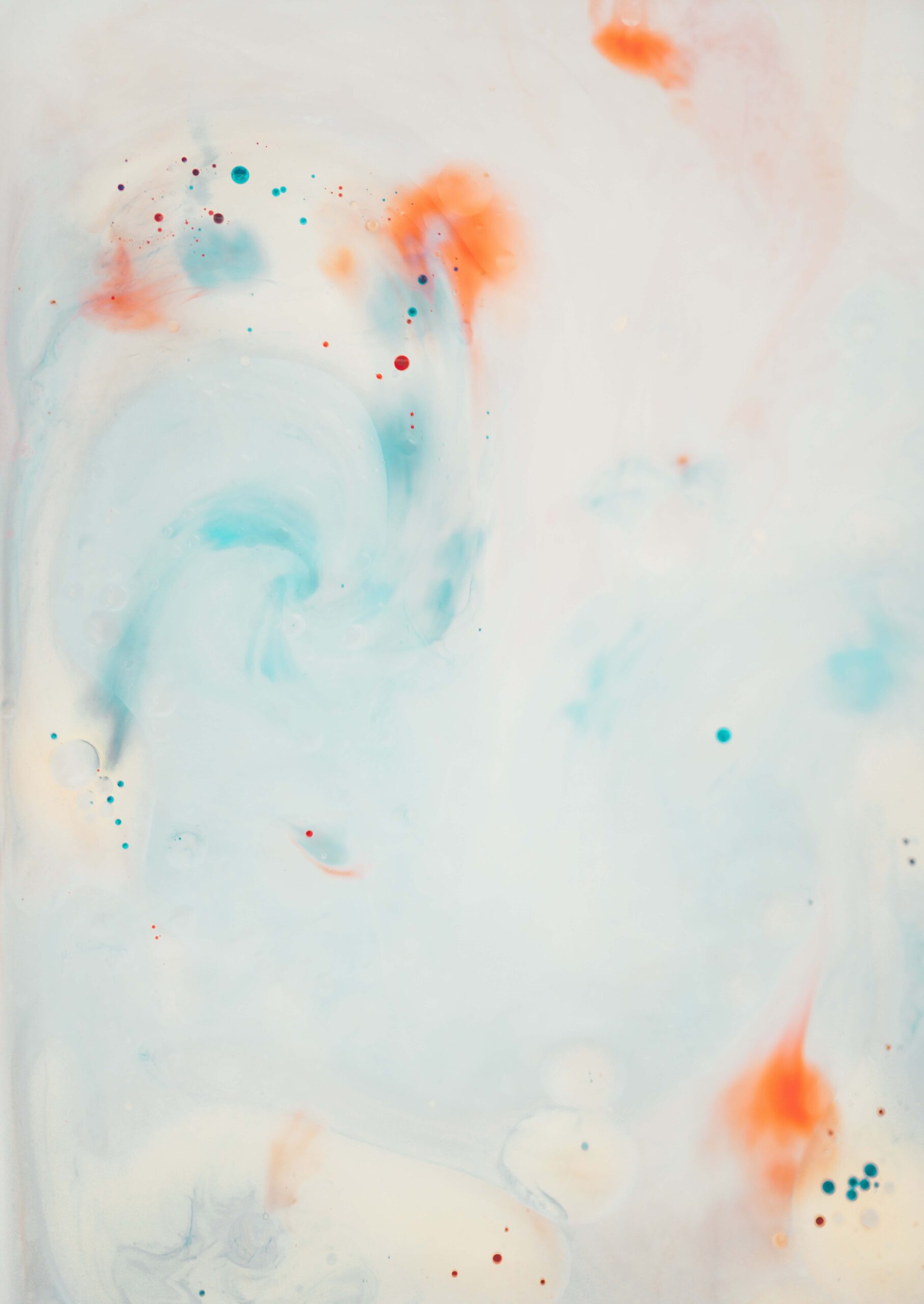Key Takeaways
- Understand the elements that make a showcase display effective.
- Learn how to utilize space and lighting to enhance displays.
- Explore different materials best suited for display cases.
- Discover the role of psychology in appealing to customers.
- Gain insights on maintaining and updating displays for relevance.
Introduction to Showcase Displays
Showcase displays are a crucial element in presenting products and objects, serving as a silent salesperson that intrigues and inspires consumers. They are prevalent in various settings, from bustling retail stores to serene museum galleries. Crafting these displays involves more than just placing items on shelves. It’s about creating an engaging visual narrative that not only captures attention but also conveys the intended message effectively. To meet such demands, locations such as New Jersey have notably increased their interest in high-quality glass bonded cases NJ, highlighting the importance of investing in well-designed showcases.
Understanding Effective Design Principles
The foundation of an exceptional display case lies in its design principles. These principles guide how objects are presented, ensuring coherence and enhancing the overall aesthetic appeal. Focal points, for example, are crucial as they draw the viewer’s eye to the most critical elements first. Likewise, incorporating symmetry brings balance and order to the presentation. According to insights from Architectural Digest, symmetry can create a visual resting point, helping viewers appreciate the display without feeling overwhelmed by the disorder.
Utilizing Symmetry and Focal Points
Clever use of symmetry and focal points transforms a simple collection of items into a harmonious work of art. For instance, a central focal point can act as a visual anchor, accentuating key products or artifacts. Meanwhile, symmetry in the arrangement allows the viewer’s eyes to flow naturally across the display, creating a seamless visual experience. The goal is to maintain a delicate balance that draws viewers into a narrative rather than presenting an array of unconnected items.
The Role of Space and Lighting
The use of space and lighting is instrumental in elevating the appeal of a display. Effective space management ensures that each object is given its rightful spotlight without crowding the display. It’s about creating breathing space that allows each item to stand out, inviting viewers to explore without feeling overwhelmed. Lighting, similarly, plays a pivotal role in transforming the ambiance and focus of the display. Techniques such as focused spotlighting can highlight intricate details of an object, while ambient lighting sets the mood and tone of the entire exhibit.
Space Utilization
Optimal space utilization involves the strategic placement of objects to ensure every item is accessible and visible to the viewer. This might mean varying the height and depth of displays or creating clusters that tell a cohesive story. Through careful space planning, displays can guide the viewer’s journey smoothly, keeping them engaged from one section to the next without causing visual fatigue.
Lighting Techniques
Different lighting techniques can dramatically alter the perception of a display. Backlighting can add depth and dimension, making objects pop, whereas warm lighting can create a cozy and inviting atmosphere. The key is to balance different forms of lighting to enhance visual aesthetics and ensure safety for the delicate items being displayed. An effectively lit display improves visibility and adds layers of interpretation and mood.
Choosing the Right Materials
The materials chosen for display cases significantly impact their durability and visual appeal. Each material brings its unique set of advantages, contributing to the overall effectiveness of the showcase. Glass is often the material of choice for its clarity and elegance, offering an unobstructed view of the showcased items. This see-through quality helps highlight intricate details and encourages viewers to appreciate the craftsmanship of the objects displayed.
Advantages of Different Materials
While glass offers a timeless aesthetic, acrylic provides a modern alternative with its lightweight and shatter-resistant properties, making it ideal for high-traffic areas. Wood is another popular choice, especially in environments seeking a warm, natural look. Each material has its characteristics that add to the narrative of the display, ensuring that both form and function are achieved.
Psychological Aspects of Display
The way products are displayed can have a psychological impact on consumer perception and behavior. For example, color schemes can evoke specific emotions, and strategic placement can influence purchasing decisions. As highlighted by resources like Psychology Today, these subtle cues help create an emotional connection between the viewer and the display, enhancing the overall consumer journey.
Maintaining and Updating Displays
Ensuring the longevity and relevance of a display requires regular maintenance and updates. This involves more than just routine cleaning; it’s about refreshing the narrative to keep engaging the audience. Rotating items, updating themes, and incorporating seasonal elements can revitalize a display, preventing it from becoming stale and overlooked. Such updates offer the opportunity to introduce new themes, keeping consumer interest piqued.
Regular Maintenance Tips
Effective maintenance includes regular inspections for dust and damage, re-evaluating the lighting setup, and strategic reorganization of objects. This proactive approach ensures that displays remain fresh, relevant, and ready to capture attention. By periodically refreshing displays, businesses, and exhibitions can stay aligned with trends and consumer expectations, ensuring a consistent influx of interest.
Conclusion
The creation of effective showcase displays is not solely about presenting items; it’s an intricate blend of art and science. Mastering the elements of design, space usage, lighting, psychological impact, and ongoing maintenance transforms displays into powerful tools that enhance viewer experience and communicate product value effectively. A well-crafted display engages viewers’ senses and tells a story that resonates, turning viewers into potential admirers or customers.



